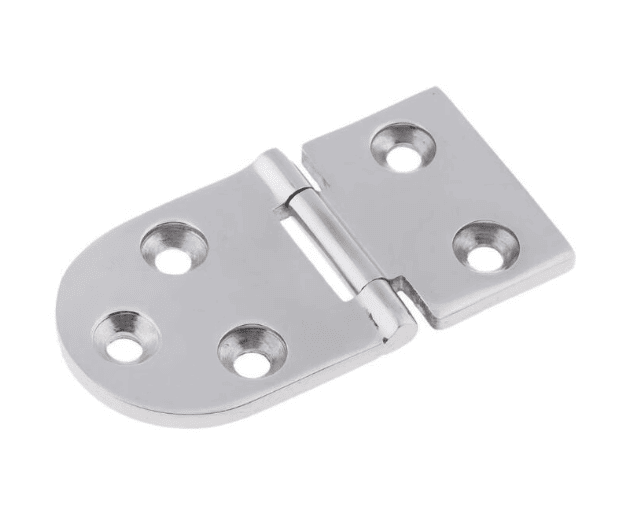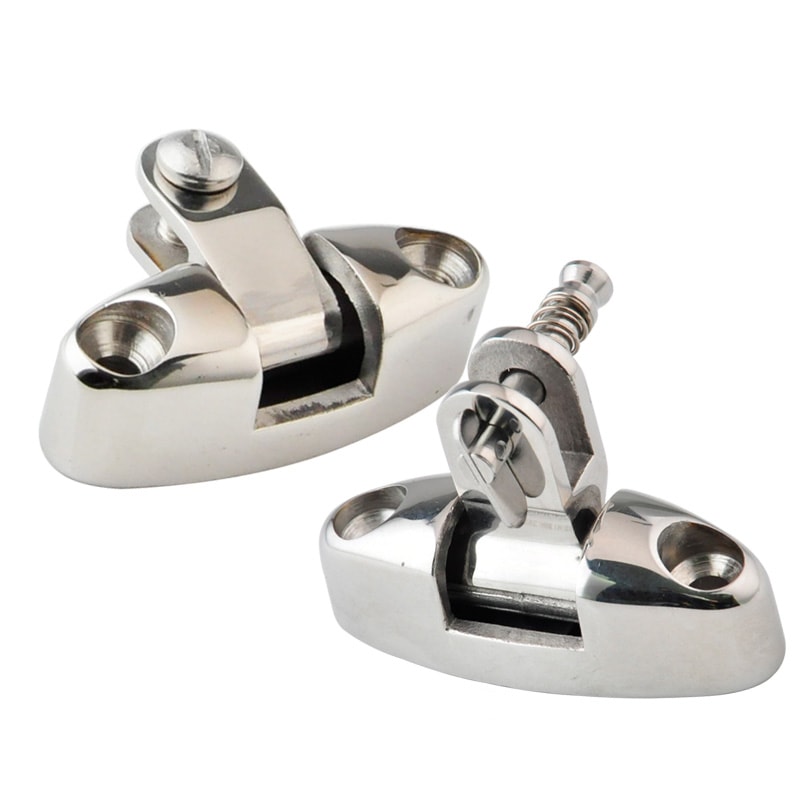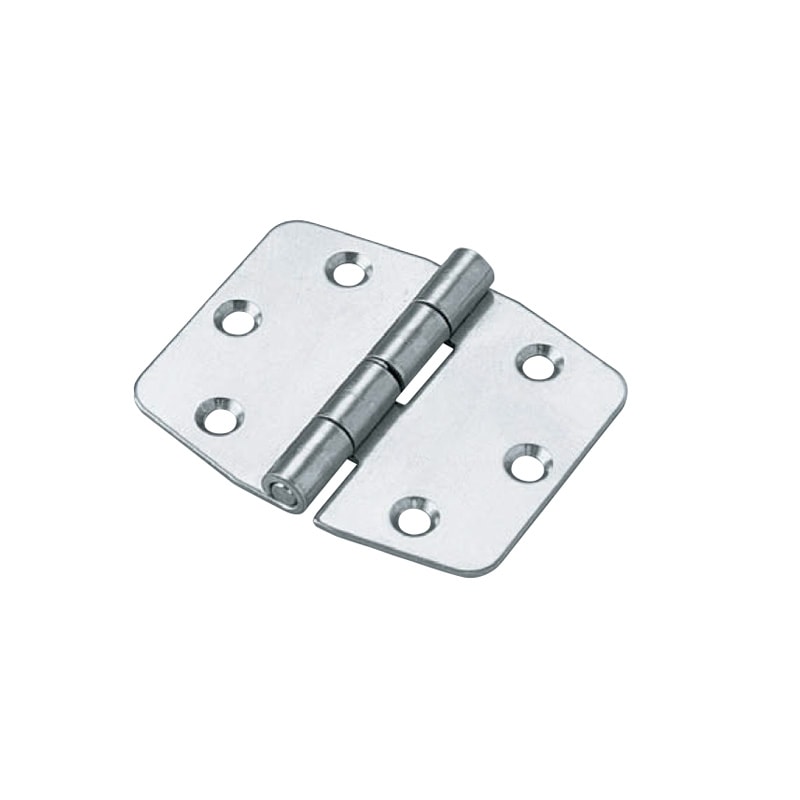In the vast domain of industrial manufacturing, the significance of specialized components, often overlooked by the layman, can’t be understated. One such component that plays a pivotal role in maritime applications is the marine friction hinge. So, what exactly is this hinge and why does it matter?
A marine friction hinge is specifically engineered to resist the harsh conditions of the marine environment, ensuring smooth operation and longevity of hinged components on marine equipment.
Understanding the intricacies of marine friction hinges can be essential for industries relying on marine equipment, ensuring optimal performance and prolonged service life.

What are the Different Types of Marine Friction Hinges?
In the realm of marine equipment, it’s not a one-size-fits-all scenario. Different applications necessitate various types of hinges.
From stainless steel variants that offer high corrosion resistance to composite options that reduce the overall weight, the choice of hinge depends on specific needs.
As technology advances, so does the versatility of these hinges. Customizable options tailored to precise applications further enhance their relevance in the marine industry.
How Long do Marine Friction Hinges Last?
Durability is a prime concern when it comes to marine components. The unforgiving marine environment can be a real test for any equipment.
On average, marine friction hinges can last anywhere between 5 to 15 years, depending on the material used and maintenance practices.
However, with regular upkeep and choosing the right type of hinge for the specific application, one can ensure a longer and more efficient lifespan for these crucial components.

What is the Difference Between a Torque Hinge and a Marine Friction Hinge?
It’s essential to differentiate between torque hinges and marine friction hinges, even though they might seem similar at a glance.
While both provide resistance to the movement of the hinge, a torque hinge delivers constant resistance throughout its range, whereas a marine friction hinge is optimized for maritime conditions.
This means marine friction hinges often incorporate features like corrosion resistance and UV stability, ensuring they remain functional and effective even in harsh sea conditions.
Can Marine Friction Hinges be Adjusted?
A common question regarding these hinges centers on their adjustability, an important aspect for fine-tuning their operation.
Yes, many marine friction hinges allow for adjustments. This can be crucial for ensuring the proper alignment and functionality of hinged components.
However, it’s paramount to refer to the manufacturer’s guidelines when making adjustments to avoid compromising the integrity of the hinge and associated components.

How Do You Lubricate a Marine Friction Hinge?
Maintenance is key, and lubrication stands as a pivotal part of this routine. But how should one go about it?
For most marine friction hinges, a light application of a water-resistant lubricant periodically can significantly reduce wear and enhance smooth operation.
Remember, over-lubrication can attract dirt and debris, leading to potential problems. Thus, it’s essential to strike a balance and apply just the right amount.
What Reduces Marine Friction in Door Hinges?
Reducing friction is crucial for ensuring smooth operation and prolonging the life of the hinge.
The application of specific coatings, like PTFE (Teflon), can dramatically reduce friction in marine door hinges.
Moreover, regular maintenance and cleaning can prevent the buildup of debris and salts, ensuring minimal friction and efficient operation over time.

Conclusion
Understanding marine friction hinges is paramount for industries relying on marine equipment. From selecting the right type to ensuring regular maintenance, an informed approach can enhance performance and longevity. Whether it’s adjusting the hinge or understanding its fundamental differences from other types, knowledge is power in the vast world of marine components.
You might also be interested:




